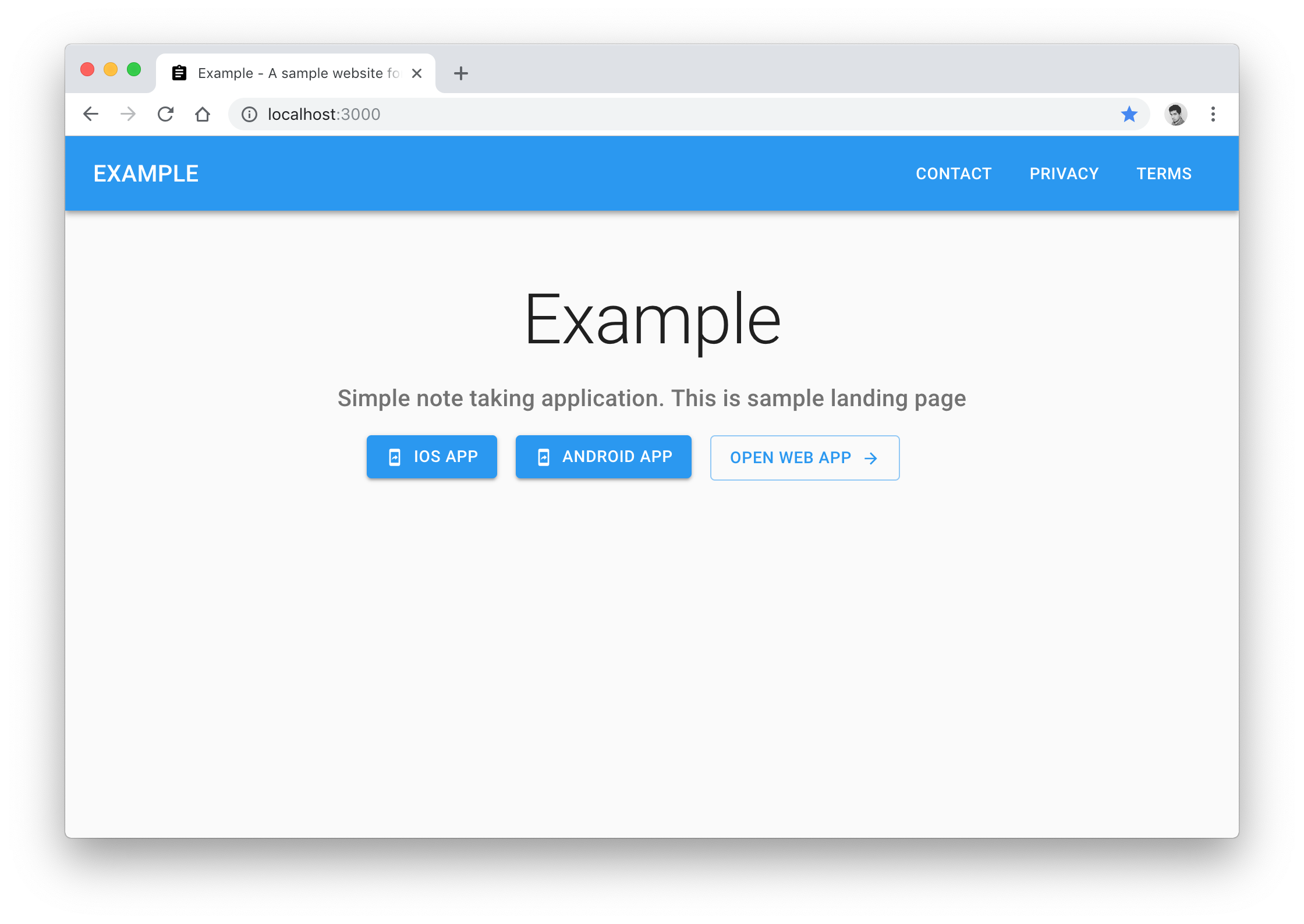

With GitHub Pages you are restricted to index.html.) Creating a User or Organization Site (* Web servers like Apache and IIS allow you to specify the default page, and usually have a few pre-configured. These are known as project sites and have the URL format. You can also create further index.html* files in your other repositories, enabling you to create an extensive site to showcase all of your work. Of course you will probably also want to add a few more files such as images and CSS, and maybe even JavaScript files. The minimum you need do to get up and running is push an HTML file called index.html to a repository with the same name as your GitHub username.
#Github pages javascript generator#
Furthermore, GitHub Pages integrates with the static site generator Jekyll which I'll cover in a separate article, and as the final bit of icing on the cake you can even use your own domain name. However, static files don't limit you to static sites because those files can include JavaScript, making it possible to host web applications of any complexity. If you just need a few pages of text and images about you and your projects then GitHub Pages is ideal. If you need any sort of server-side stuff like PHP, a CMS or a web service then GitHub Pages isn't for you. That's it! You can't get more minimalist than that. What you get with GitHub Pages is hosting for static files. "Minimalist but Very Useful Hosting Service" In this article I'll show how easy it is to get up and running with the service, as well as exploring what you can and cannot do.
#Github pages javascript free#
These use GitHub's own minimalist but very useful hosting service called GitHub Pages which is available free to anyone with a Github account. In your travels around The Internet you may have encountered sites with URLs ending in.


 0 kommentar(er)
0 kommentar(er)
